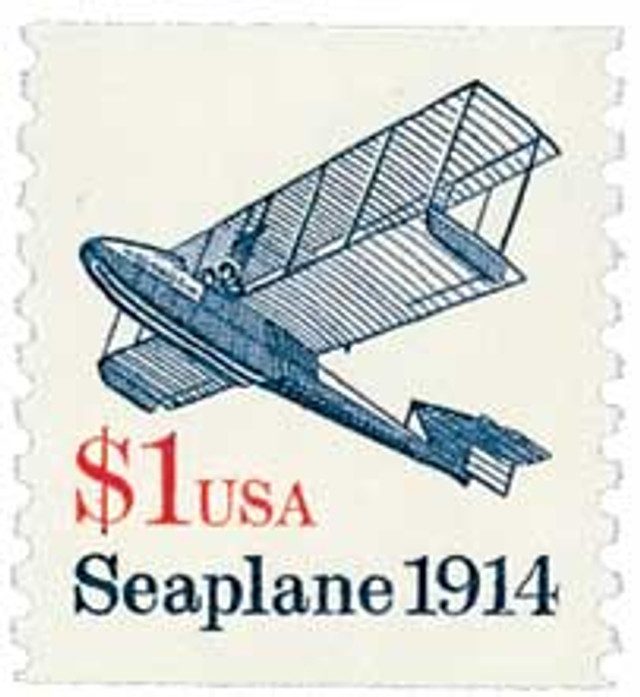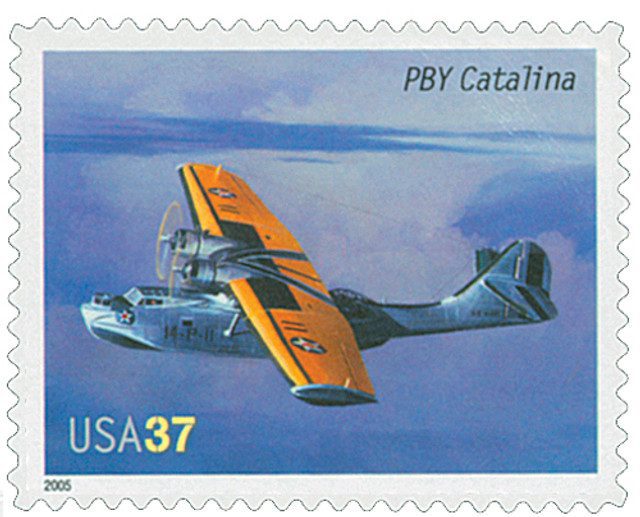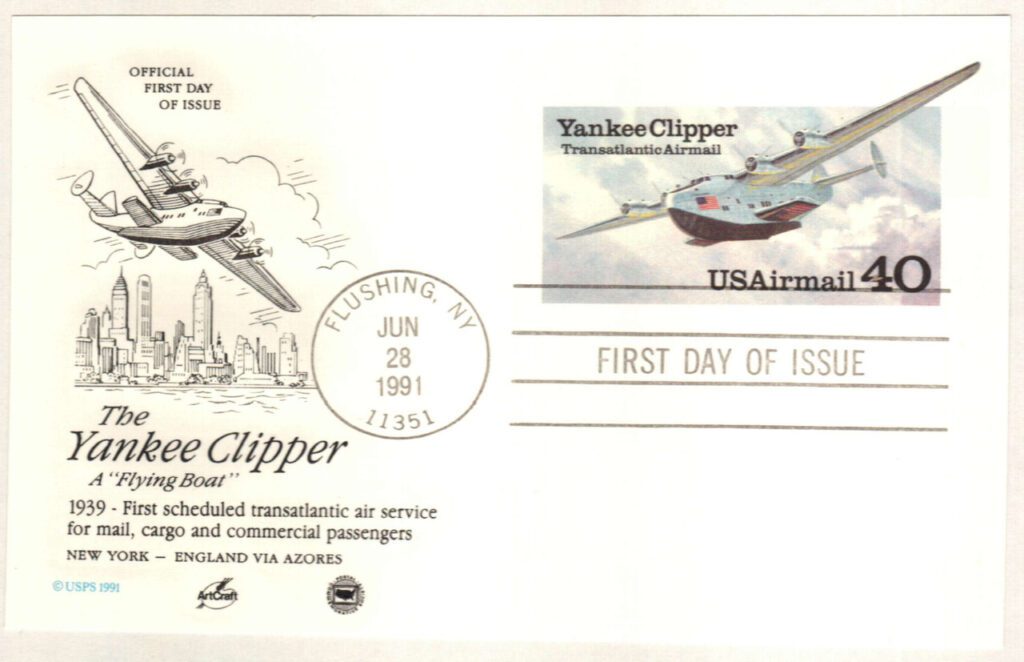
On March 28, 1910, Henri Fabre made the first successful powered seaplane flight. Traveling over 1,900 feet and wowing a crowd of spectators, he inaugurated the seaplane and flying boat industry that would flourish for the next several decades.
Some of the earliest attempts at building planes that could takeoff from the water came in the late 1800s. In 1876, Alphonse Pénaud of France filed a patent for a flying vessel with a boat hull and retractable landing gear. Wilhelm Kress of Austria is often considered the first person to build a seaplane in 1898. However, his Drachenflieger’s engines weren’t strong enough for it take off and it sank. In 1905, Gabriel Voisin of France made one of the first unpowered flights when he used a glider pulled by an automobile.
It would be Henri Fabre who would enter the history books for the first successful powered seaplane flight, though. Born in 1882 in Marseille, France, Fabre was an engineer from a family of ship owners. In 1906, he began working on plans for a seaplane, with help from two mechanics and a naval architect.
It took Fabre four years to develop his plane, which resembled a large wooden dragonfly flying backwards. Three hollow floats made it possible to take off and land on the water. He named his hydravion (the word at the time he used for the type of seaplane) Canard (duck) because its wings were similar to a duck with a small forewing ahead of the main wing. His plane was 45 feet wide, 27 feet long and weighed 837 pounds. It had a 50-horsepower engine and three floats.
Fabre, who had never flown before, staged his first flight on March 28, 1910, at Étang de Berre, Martigues, Bouches-du-Rhône, France. A large crowd assembled to watch the historic event. They witnessed him take off and land safely on the water four times, with his longest flight covering over 1,900 feet. Within a week, Canard made a three-and-a-half-mile trip. Inventors from other countries soon contacted Fabre to use his floats on their seaplanes.

The seaplane industry quickly grew, with the first hydro-aeroplane competition held in Monaco in 1912. Planes at that competition used floats from Fabre, Curtiss, Tellier, and Farman. France introduced the first scheduled seaplane passenger flights in 1912. That same year, Glenn L. Martin set time and distance records flying his own homemade seaplane in California.

American aviator Glenn Curtiss developed his Curtiss Model D between 1910 and 1911. It won him the first Collier Trophy for flight achievement in America. It paved the way for his Model E and Model F “flying boats.” One of his flying boats later became the first seaplane to cross the Atlantic Ocean.
In 1935, the Glenn L. Martin Company built three Martin M-130 Flying Boats. With a range of 3,200 miles, these seaplanes could fly mail and passengers over the Pacific. They were designed for Pan American Airways and were named the China Clipper, Philippine Clipper, and Hawaii Clipper.
During World War II, flying boats were in high demand for the military. They could conduct anti-submarine patrols, air-sea rescues, and gunfire spotting for battleships. The PBY Catalina was a leading US craft that rescued downed airmen and scouted enemy ships. Demand for flying boats declined dramatically after the war, as the length and number of runways had vastly increased. Flying boats were used during the Berlin Airlift, and the US Navy continued to use them until the 1970s. In 1990, the first round-the-world flight in a floatplane was completed.
| FREE printable This Day in History album pages Download a PDF of today’s article. Get a binder or other supplies to create your This Day in History album. |
Discover what else happened on This Day in History.




Being a aviator This is great. When you put this in color it really enhance the stamps. Thank you for the effort put into this.
Go to ‘Wikipedia’ to learn about the ‘Hawaii Clippers’ first flight to land on
Wake Island.
You can find picture of first flight on line.